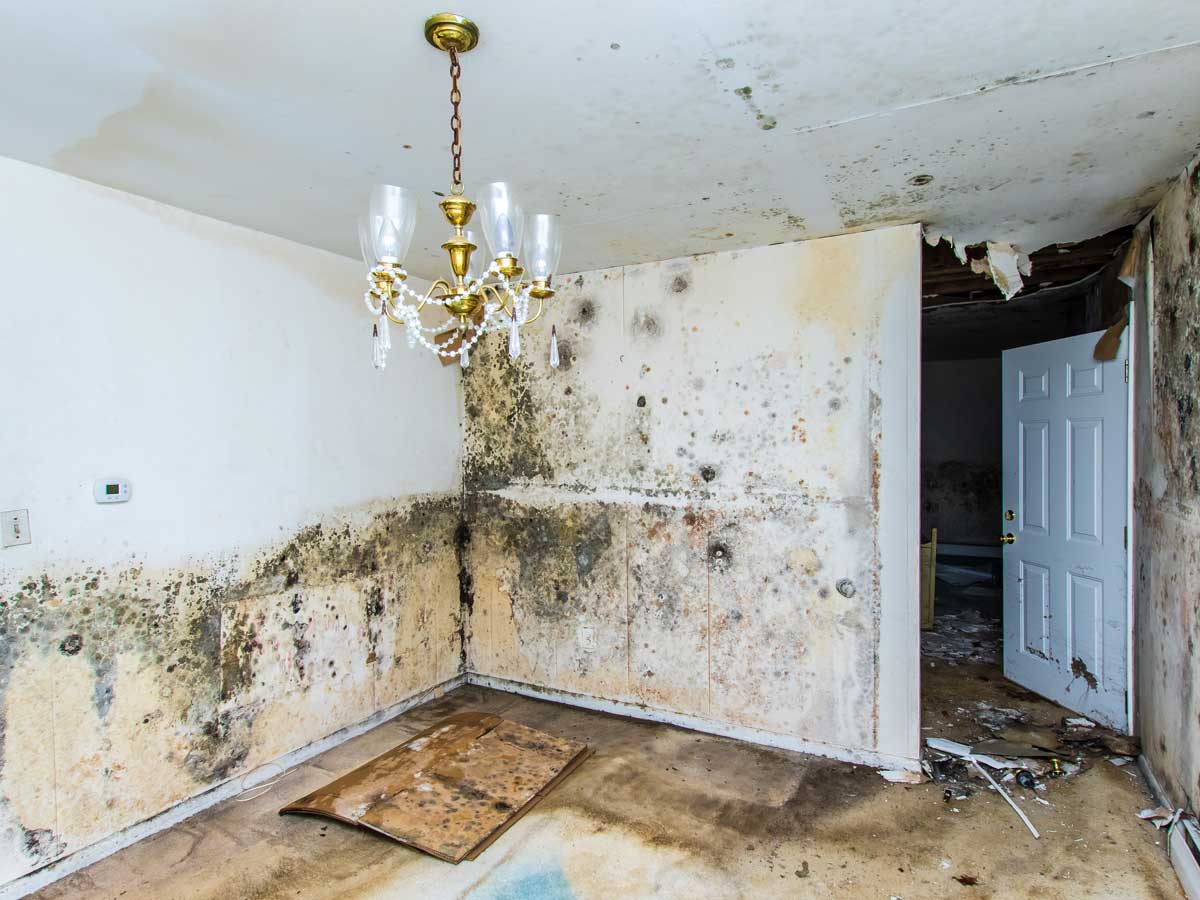Do's & Don'ts of Water Damages.
Do's & Don'ts of Water Damages.
Blog Article
The writer is making several good observations on the subject of 5 Home Safety Tips To Reduce The Risk Of Fire And Water Damage in general in this great article down the page.

Water offers life, water invasion on parts where it's not intended to be can result in damage. Homes with water damages odor old and musty.
Water can originate from many sources such as typhoons, floods, ruptured pipes, leaks, as well as sewer problems. In case you experience water damage, it would be great to know some safety precautions. Right here are a couple of guidelines on exactly how to manage water damage.
Do Prioritize House Insurance Policy Coverage
Water damage from flooding as a result of heavy winds is seasonal. You can additionally experience an unexpected flooding when a malfunctioning pipe instantly breaks into your home. It would be best to have home insurance coverage that covers both acts of God such as all-natural catastrophes, and also emergency situations like busted plumbing.
Do Not Fail To Remember to Shut Off Utilities
In the event of a disaster, particularly if you live in a flood-prone location, it would certainly be advisable to switch off the primary electrical circuit. This removes power to your whole residence, stopping electric shocks when water can be found in as it is a conductor. Don't forget to transform off the primary water line shutoff. Furniture will relocate about and cause damage when floodwaters are high. Having the main valve shut down protects against additional damages.
Do Remain Proactive and also Heed Weather Informs
Listen to evacuation warnings if you live near a creek, river, or lake. Doing so lowers possible residential or commercial property damage.
Don't Neglect the Roof
You can prevent rainfall damages if there are no holes as well as leaks in your roofing system. This will certainly protect against water from streaming down your wall surfaces as well as saturating your ceiling.
Do Take Notice Of Little Leaks
A ruptured pipeline does not happen over night. Generally, there are warnings that suggest you have weakened pipes in your home. For example, you might see gurgling paint, peeling wallpaper, water touches, water stains, or dripping noises behind the wall surfaces. Eventually, this pipe will certainly rupture. Preferably, you need to not wait on points to rise. Have your plumbing fixed before it results in enormous damage.
Don't Panic in Case of a Burst Pipeline
When it comes to water damage, timing is key. Hence, if a pipe bursts in your residence, right away closed off your primary water shutoff to cut off the source. Call a respectable water damages repair professional for support.
Water gives life, water invasion on parts where it's not intended to be can result in damage. Homes with water damages odor musty as well as old.
Water damages from flooding charges to hefty winds is seasonal. You might notice gurgling paint, peeling off wallpaper, water streaks, water discolorations, or leaking sounds behind the wall surfaces. When it comes to water damage, timing is crucial.
Some Do's & Don't When Dealing with a Water Damage
DO:
Make sure the water source has been eliminated. Contact a plumber if needed. Turn off circuit breakers supplying electricity to wet areas and unplug any electronics that are on wet carpet or surfaces Remove small furniture items Remove as much excess water as possible by mopping or blotting; Use WHITE towels to blot wet carpeting Wipe water from wooden furniture after removing anything on it Remove and prop up wet upholstery cushions for even drying (check for any bleeding) Pin up curtains or furniture skirts if needed Place aluminum foil, saucers or wood blocks between furniture legs and wet carpet Turn on air conditioning for maximum drying in winter and open windows in the summer Open any drawers and cabinets affected for complete drying but do not force them open Remove any valuable art objects or paintings to a safe, dry place Open any suitcases or luggage that may have been affected to dry, preferably in sunlight Hang any fur or leather goods to dry at room temperature Punch small holes in sagging ceilings to relieve trapped water (don't forget to place pans beneath!); however, if the ceiling is sagging extremely low, stay out of the room and we'll take care of it DO NOT:
Leave wet fabrics in place; dry them as soon as possible Leave books, magazines or any other colored items on wet carpets or floor Use your household vacuum to remove water Use TV's or other electronics/appliances while standing on wet carpets or floors; especially not on wet concrete floors Turn on ceiling fixtures if the ceiling is wet Turn your heat up, unless instructed otherwise

As a serious person who reads about Reducing Your Risk Of Water And Fire Damage At Home, I assumed sharing that excerpt was worth the trouble. Are you aware of another person who is fascinated by the topic? Why not share it. I recognize the value of reading our article about How To Prevent Fire And Water From Ruining Your Holiday Season.
Report this page